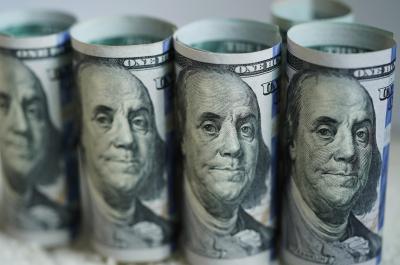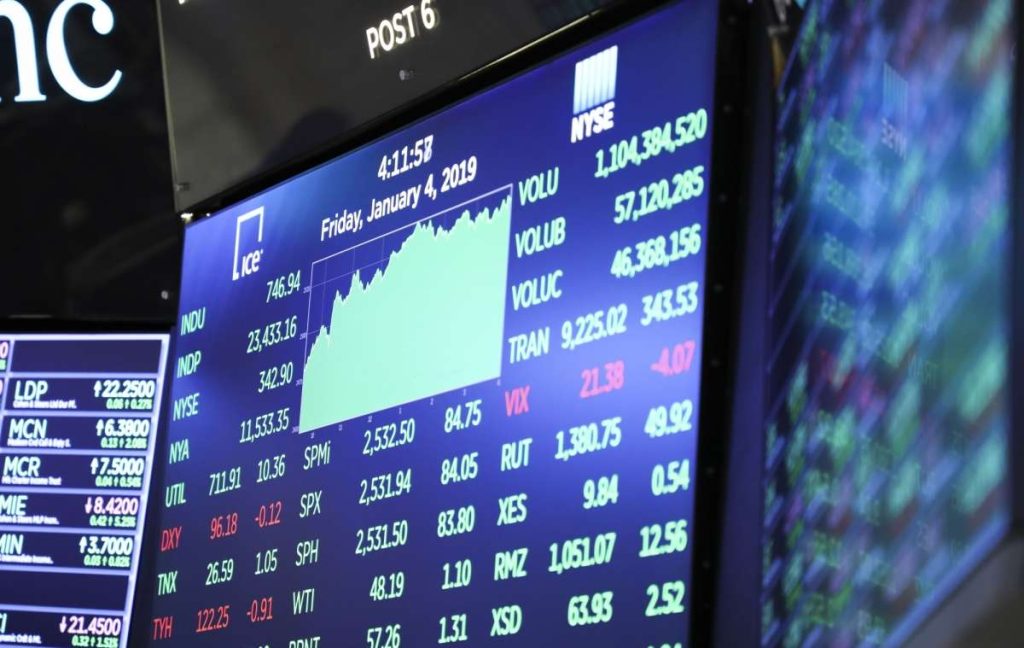
For India, massive growth upside surprises post-COVID-normalisation are owing, in parts, to better domestic demand led by policy-driven investment and exports, in turn led by better global growth…reports Asian Lite News
India’s fiscal profile has become structurally healthy amid better tax compliance, improved base and focus on quality spending, as per Emkay Global Financial Services.
A healthy twin deficit shields India from massive emerging market shocks in case the global cycle turns averse, it said.
There should be no divergence from fiscal targets unless there is a global or domestic shock. Meanwhile, CAD/GDP has averaged 1.3 per cent since Covid, even with Brent at $85 a barrel.
There has been massive fiscal consolidation since Covid, and policy remains focused on improving growth potential, including boosting investment dynamics while maintaining fiscal discipline, the brokerage said.

For India, massive growth upside surprises post-COVID-normalisation are owing, in parts, to better domestic demand led by policy-driven investment and exports, in turn led by better global growth. To top this, the softening of inflation is providing a tailwind to growth impulses.
The next leg of growth prospects will be influenced by the pace of private consumption and capex recovery, global growth and rates cycle, and geopolitical noises, the brokerage said.
“We expect FY25 GDP growth to moderate to 6.5 per cent, with slowing manufacturing and an unexciting consumption story, while inflation will ease to 4.6 per cent led by core coming off to 3.7 per cent,” it added.
Meanwhile, India’s forex reserves contracted by $2.83 billion to $640.33 billion as of April 19, the latest data released by the RBI on Friday showed.
The country’s forex kitty had declined by $5.4 billion to $643.16 billion in the preceding week that ended on April 12 for the first time after rising steadily for eight weeks to a lifetime high.
The latest figures show that Foreign currency assets (FCAs) contracted by $3.79 billion to $560.86 billion while the gold reserves which also form part of the forex kitty went up by increased by $1.01 billion to $56.81 billion, whereas SDRs were down by $43 million to $18.03 billion.
Market analysts attribute the decline in foreign currency assets to the RBI actively releasing dollars in the market to curb the volatility in the rupee.
The Indian currency has tended to weaken as oil prices have been on the rise, which has triggered an increase in the demand for dollars to finance costlier imports.
The fall in the foreign currency portion of the reserves has been cushioned by the increase in the value of gold assets held by the RBI.

Central banks have been buying gold in recent months as an investment in safe-haven assets amid geopolitical uncertainties triggered by the Middle East conflict.
RBI Governor Shaktikanta Das had earlier this month referred to the record foreign exchange reserves as a reflection of the strength of the Indian economy.
“It is our prime focus to build a strong buffer in the form of a substantial quantum of forex reserves which will help us when the cycle turns or when it rains heavily,” he remarked while unveiling the first monetary policy review of the current financial year that began on April 1.
India’s forex reserves, including the central bank’s forward holdings, can now cover around 11 months of imports, which is a two-year-high.
ALSO READ: Amazon, Flipkart Accused of Skirting Indian Regulations


